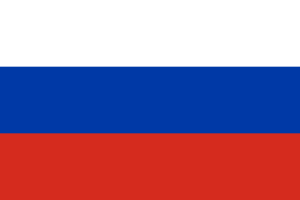Autonomous republic facts for kids
An autonomous republic is a special kind of administrative division within a country. Think of it like a province or a state, but with more power to make its own rules, especially about its culture and language. Many autonomous republics are found in countries that used to be part of the Soviet Union, with the largest number located in Russia.
Contents
What is an Autonomous Republic?
An autonomous republic is a region that has a certain level of self-governance or independence from the central government of a larger country. This means they can often make their own laws on some topics, manage their own local affairs, and protect their unique culture and language. They are not fully independent countries, but they have more freedom than a regular province or region.
Where are Autonomous Republics Found?
Autonomous republics are most common in countries that were once part of the Soviet Union. After the Soviet Union broke apart in 1991, many of these regions were given special status to recognize the different ethnic groups living there.
Autonomous Republics in Russia
Russia has the most autonomous republics. These regions were created to give a voice to the many different ethnic groups and nationalities living within Russia's borders. Each republic often has its own official language (besides Russian), its own constitution, and its own parliament. Some examples include:
- The Republic of Tatarstan
- The Republic of Chechnya
- The Republic of Sakha (Yakutia)
- The Republic of Bashkortostan
Other Countries with Autonomous Regions
While Russia has many, other countries also have similar autonomous regions, though they might not always be called "republics." For example:
- Ukraine used to have the Autonomous Republic of Crimea.
- Azerbaijan has the Nakhchivan Autonomous Republic.
- Uzbekistan has the Republic of Karakalpakstan.
These areas often have a distinct ethnic group or historical background that led to their special status.
How are Autonomous Republics Different?
The main difference between an autonomous republic and a regular province is the amount of control they have over their own affairs.
Self-Rule and Local Laws
Autonomous republics often have their own governments that can pass laws specific to their region. This might include laws about education, local taxes, or how their natural resources are managed. However, they still have to follow the main laws of the larger country they are part of. The central government usually handles things like national defense, foreign policy, and major economic decisions.
Culture and Language
One of the most important reasons for creating autonomous republics is to protect the culture and language of the people living there. In these regions, the local language is often an official language alongside the national language. Schools might teach in the local language, and traditional customs are often encouraged and preserved. This helps different ethnic groups maintain their identity within a larger country.
See also
 In Spanish: República autónoma para niños
In Spanish: República autónoma para niños


